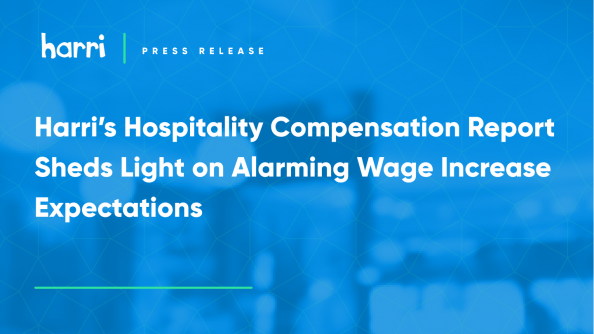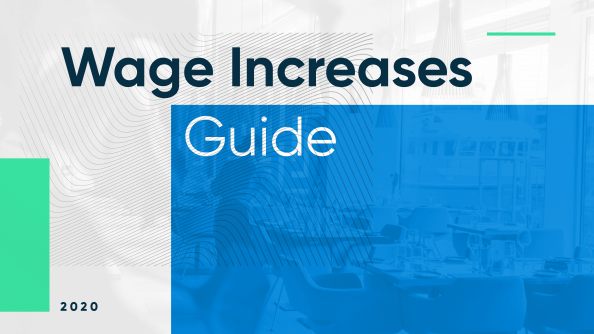The California Independent Contractor “Earthquake”

- By Harri Insider Team | October 24, 2019
Independent contractors and gig workers have long been a staple of our industry — from bartenders to servers to delivery drivers to cleaning staff. Companies expand their employee workforces with these skilled people, who don’t get benefits. The “gig worker” is estimated to comprise up to 40% of the total U.S. workforce and has been on the upswing.
California employment law was recently shaken by a new bill that goes into effect in 2020 and narrows the previous 11 criteria established by the IRS for an independent contractor down to three. In other words, many people previously classified as independent contractors — in this case, Uber, Lyft, and Doordash drivers — would be viewed as employees and would be entitled to benefits and other perks previously limited to company employees.
AB 5: The Basics
The three criteria for an independent contractor, detailed in Assembly Bill 5 (AB 5) are:
- The worker must be free from the control and direction of the hirer in connection with the performance of the work, both under the performance of such work and in fact.
- The worker performs work outside the usual course of the hiring entity’s business.
- The worker is customarily engaged in an independently established trade, occupation, or business of the same nature as the work performed for the hiring entity.
The Law’s Impact
If the law is changed, it would mean that contract workers (people whose income is currently reported via 1099) would be treated as regular employees. Minimum wage, overtime, unemployment insurance, sick leave and vacations and other protections and benefits afforded traditional employees would be due workers previously categorized as contract workers. According to the LA Times, 500K people across industries are currently misclassified.
Quoting Assemblywoman Lorena Gonzalez, author of AB5: “As one of the strongest economies in the world, California is now setting the global standard for worker protections for other states and countries to follow.”
Although the hospitality industry is not currently directly involved in this discussion, potential implications of the AB 5 could create mayhem for operators and business owners who rely heavily on gig workers for seasonal positions and special events. The three targets of the AB 5 (Uber, Lyft, and Doordash) have launched an effort to overturn it.
On the surface, the bill seems as if it would be a cause for celebration for gig hospitality workers, but many of them prefer the flexibility, variety, and freedom the independent contractor lifestyle affords them.
Clearly, upending the definition of a contract worker for the hospitality industry would force employers to be even more selective about who they hire and how to staff for peak periods.
But the motivation for legislative changes may not be related to what workers or managers want or need but rather to the fact that misclassified independent contractors are “costing” the State of California $7 billion in payroll taxes.
Classifying all gig workers as employees could have huge — and lasting — implications for our industry; one that is already challenged by shrinking margins, minimum wage hikes, and the constant pressure of finding the best talent. Although the hospitality industry currently employs only 6 percent of gig workers, Uber and Lyft estimate that the revised criteria could result in cost increases of 20-30 percent.
The California Restaurant Association has gotten involved in the effort to overturn AB 5 and we’ll be monitoring developments closely.
As the aftermath of this legislation plays out, we urge our readers to:
- Speak up and let your voice be heard by your legislators.
- Closely manage your current talent base and labor costs, using our fully integrated solutions to stay on top of the talent aspects of your business.
- Consult an HR professional, attorney, or accountant if you currently have questions about how your team is classified. Penalties for miscategorizing can be significant.
- Continually assess your current staffing and look for ways to automate functions that can help you control your hiring, training, and retention expenses.
Watch this site for more news and perspectives that have an impact on the hospitality industry.




















